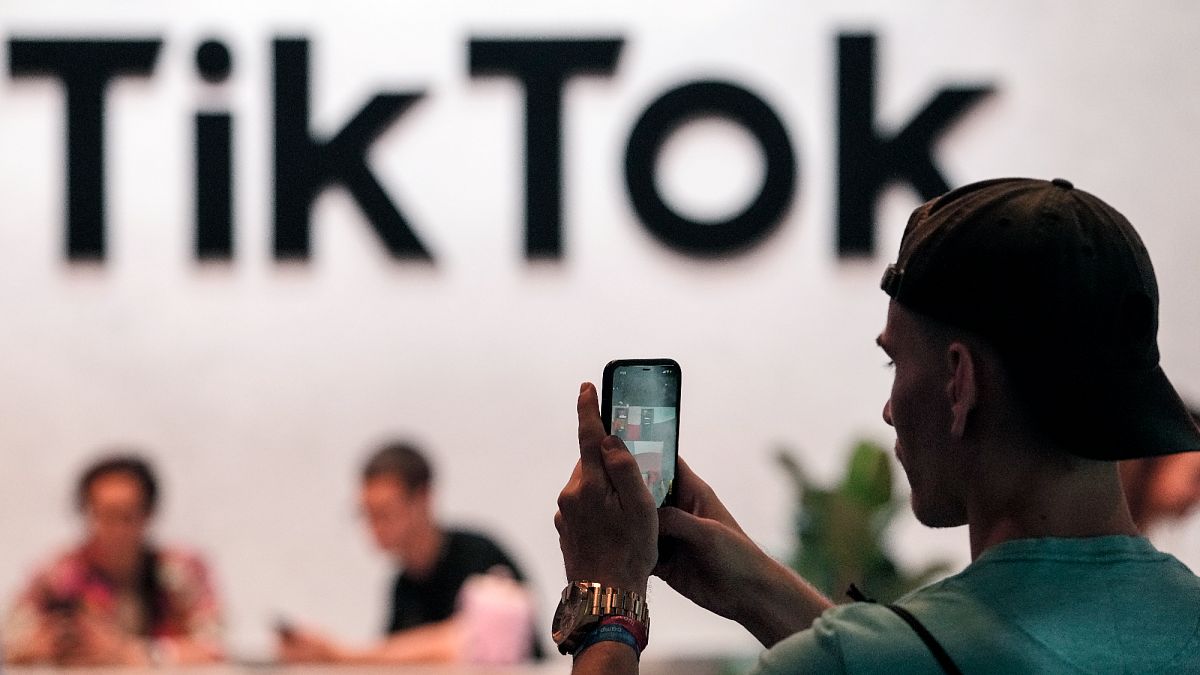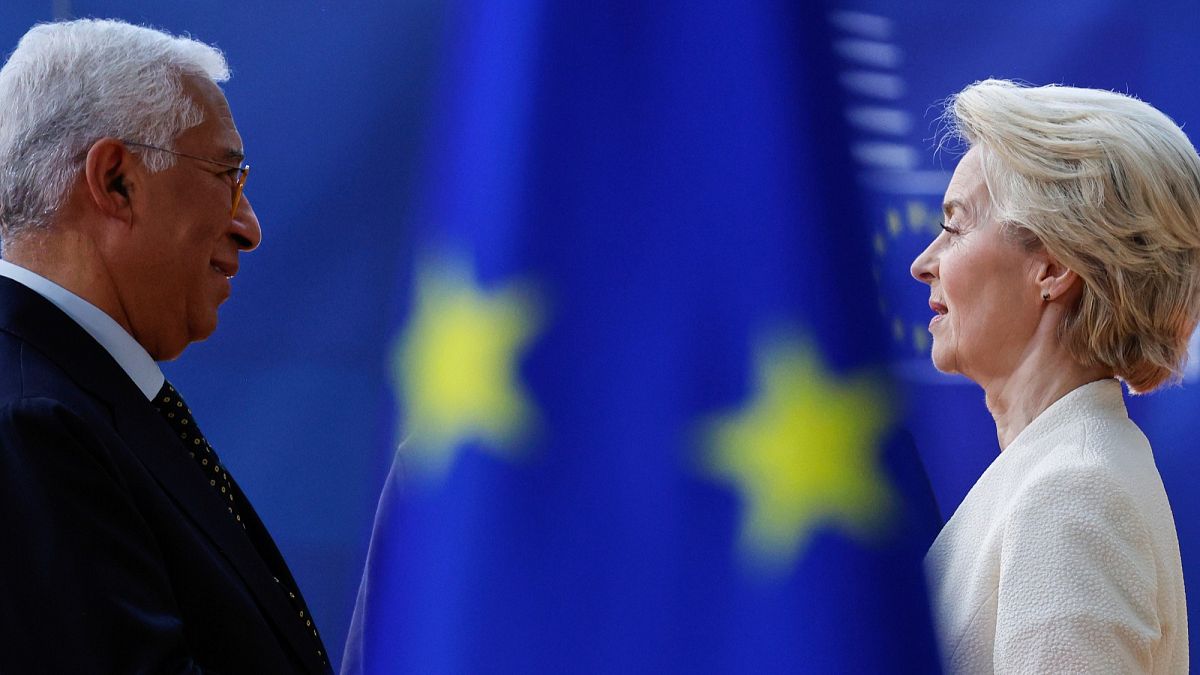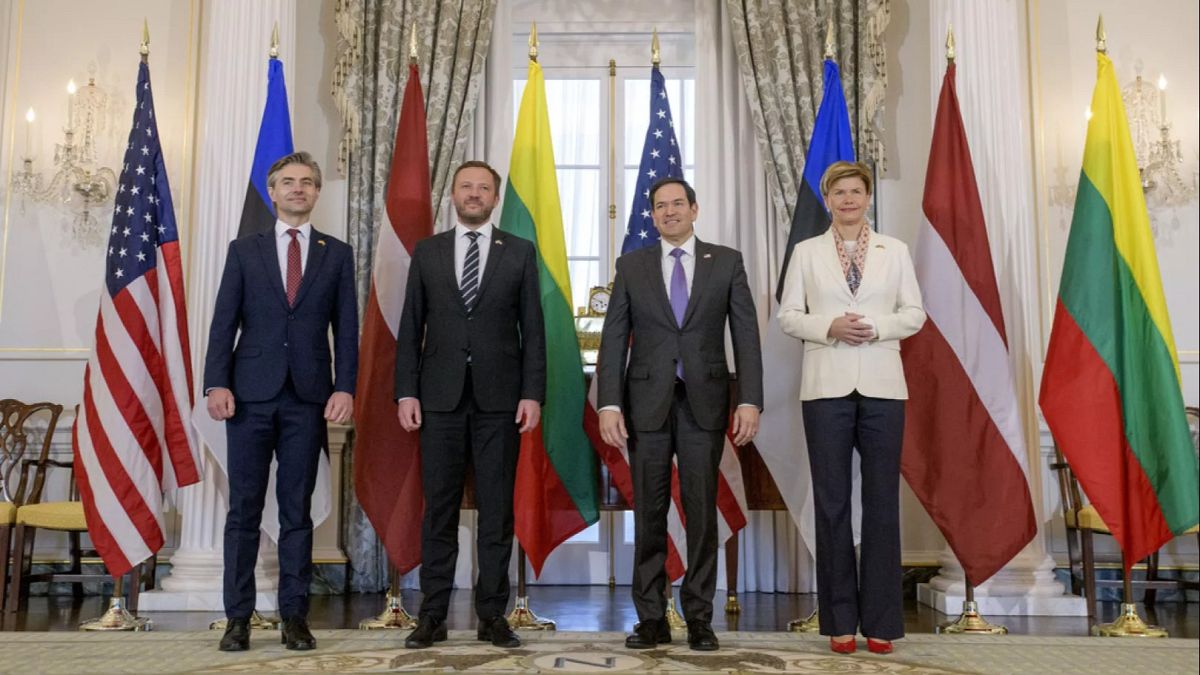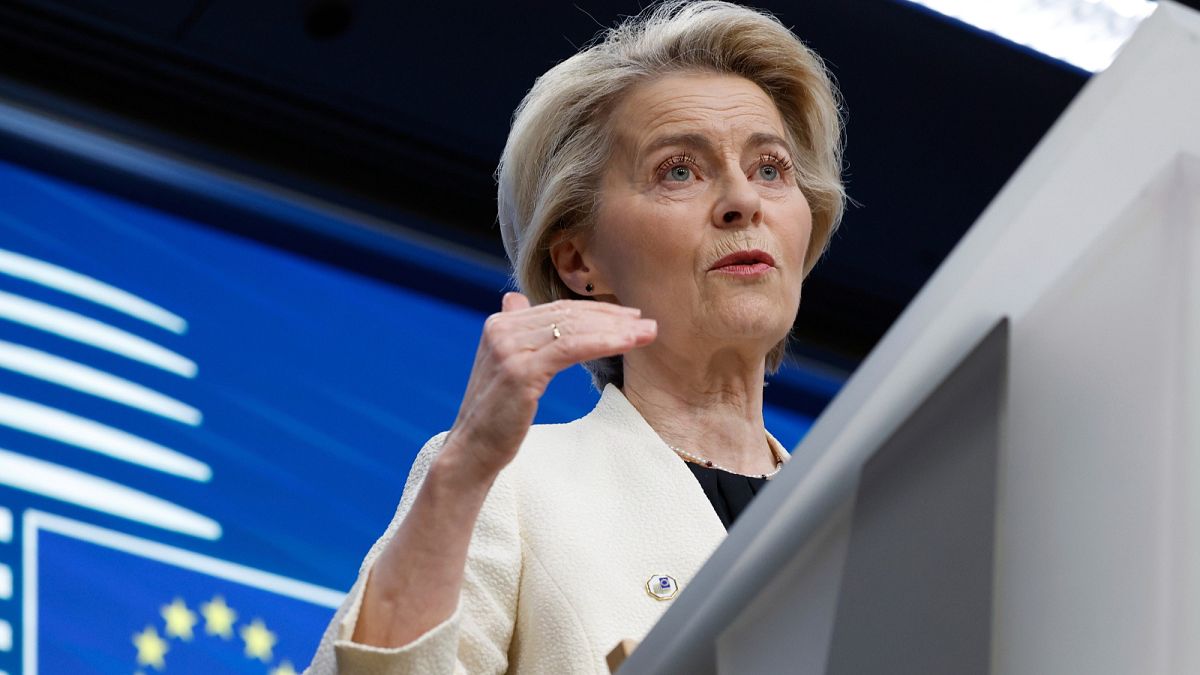Excess heat from the cooling systems is processed in the tanks to provide space heating for the entire shop.
A supermarket in Nordborg, Denmark, is designed to optimise energy flow to save operational costs and to be climate-friendly.
A ‘Smart store’ system was set up in collaboration with a Danish engineering giant, Danfoss, and a Danish supermarket association, Brugsforeningen for Als and Sundeved (BALS).
At the back of the 750m2 shop is a 250m2 technology centre where gigantic machinery to control the temperatures of the supermarket can be seen through a glass window.
Danfoss says the shop functions as a "live" test centre for energy efficiency technology.
Shoppers can learn how the shop reuses energy through the glass and the facility allows engineers to experiment with an advanced compressor pack in a real environment.
“The beauty about this is that this is a real realistic test facility. There are not two stores that are the same because every day customers come in and some forget to close the close to cover… There are new foodstuffs put in,” Henry Steffensen, the director of strategic marketing at Danfoss Climate Solutions told Euronews Next.
“So putting additional load on the refrigeration system and that's what makes it a realistic and a test facility for us”.
Danfoss says the tech installed in this supermarket can help save operating costs while reducing food waste. Compared to a typical supermarket, this one is designed to be about 50 per cent more energy efficient.
‘100 per cent self-sufficient’
Supermarkets produce and lose heat as they operate multiple refrigerators and cooling rooms.
Supermarket refrigerators use a closed-loop system with refrigerants that absorb heat from inside refrigerated display cases and transfer it through the condenser often located outside or on the building's roof.
Instead of venting this heat outside, this supermarket captures the ‘waste heat’ from its cooling systems and reuses it to provide space heating and water heating.
“When you cool you also create heat and often this is wasted. We don't waste heat. We accumulate all the heat in the heat tanks here,” Steffensen said.
The heat recovery unit which consists of two tall tanks processes excess heat from the cooling systems and turned into warm water to provide space heating for the entire shop.
Danfoss said the supermarket sells back any residual heat if it produces too much.
Metres from a local heating company at the facility show the shop has so far bought about 90 kWh from the local district heating grid while selling 33,380 kWh to the grid since it opened in May 2023.
“The tests so far have shown that we don't even need to buy additional heat from our energy company. We have enough heat, and we also have more heat to sell,” Steffensen said.
“We are self-sufficient here with heating and it's all heat that would typically be wasted on the roof out to the birds,” he added.
In a test in December 2023, about 150 per cent of the heat needed to operate the shop was produced in the heat recovery unit, according to the company.
Applicable for shops outside Denmark
The store has 18 cabinets and two cold rooms which are tracked and controlled by a ‘smart store’ system through a monitoring panel.
If temperatures of the units drop below a certain point, the system sends an alert to notify maintenance staff.
The supermarket also has solar panels on the roof, providing 100,000 kWh per year that can help with shop operations.
Solar energy, on sunny days, can be used to lower the temperature of the freezers below the usual temperature to help accumulate solar energy while saving battery storage, according to Danfoss. When the solar panels are less efficient due to no sun, the temperature returns back to normal settings.
Outside the shop, a 1 km-long ground loop filled with brine is buried under the ground and can create additional heat.
“So we can actually use both to create additional heat for the store. So we run our refrigeration pack as a kind of a big heat pump, so to say,” said Steffensen.
Danfoss says the installations and technologies in the supermarket can be applied to various sizes of shops from the smallest shop up to the biggest hypermarket and in different climates from Jordan to Denmark.
The test centre has two systems, a standard one needed to run a regular shop in Denmark and an advanced version that can be used in warmer climates.
Steffensen said that a typical payback time for investing in energy-efficient products is three to four years but the heat recovery unit only takes less than one year.
“You can kick out your gas boiler in the store and get all your heat from waste heat from the refrigeration system”.
For more on this story, watch the video in the media player above.

 4 months ago
42
4 months ago
42






 We deliver critical software at unparalleled value and speed to help your business thrive
We deliver critical software at unparalleled value and speed to help your business thrive






 English (US) ·
English (US) ·